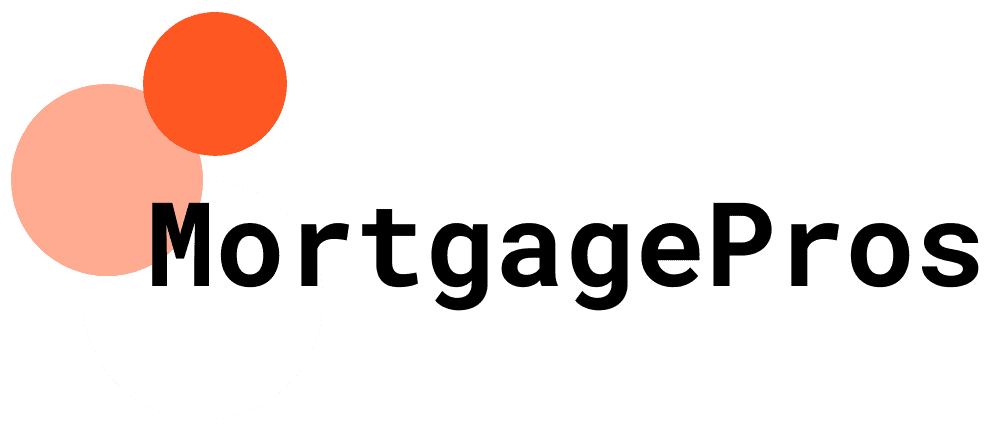Welcome to my blog, where we’ll explore the world of home loans and how they can turn your dream of owning a home into a reality. For most of us, buying a home is one of the most significant financial decisions we’ll ever make. Understanding the ins and outs of home loans is crucial to finding the right financing option that suits your needs and sets you on the path to homeownership. In this comprehensive guide, we’ll cover everything you need to know about home loans, from types of mortgages to the application process and beyond.
What are Home Loans?
Home loans, also known as mortgages, are loans specifically designed to help individuals and families purchase a home. The loan amount covers a significant portion of the property’s purchase price, and the borrower agrees to repay the loan, along with interest, over a specified period.
Home loans come in various forms, each with its own terms, interest rates, and repayment options. Let’s explore the common types of home loans:
1. Fixed-Rate Mortgages
A fixed-rate mortgage offers stability and predictability. With this type of loan, the interest rate remains constant throughout the loan term, regardless of fluctuations in the market. This allows borrowers to budget effectively, knowing their monthly mortgage payments will remain unchanged over the life of the loan.
2. Adjustable-Rate Mortgages (ARMs)
Unlike fixed-rate mortgages, adjustable-rate mortgages have interest rates that can vary over time. Typically, ARMs start with a fixed rate for a specific period, often five or seven years, after which the interest rate adjusts periodically based on market conditions. ARMs are suitable for borrowers who plan to sell or refinance the home before the initial fixed-rate period ends.
3. FHA Loans
Federal Housing Administration (FHA) loans are government-backed mortgages designed to make homeownership more accessible, especially for first-time buyers and individuals with lower credit scores. FHA loans typically have lower down payment requirements and more lenient qualification criteria compared to conventional loans.
4. VA Loans
VA loans are exclusive to active-duty military personnel, veterans, and eligible surviving spouses. Backed by the U.S. Department of Veterans Affairs, VA loans often offer favorable terms, including no down payment and lower interest rates, making homeownership more achievable for those who have served our country.
5. Conventional Loans
Conventional loans are not backed by the government and are the most common type of home loan. They generally require a higher credit score and a larger down payment compared to FHA or VA loans. Conventional mortgages offer a range of fixed-rate and adjustable-rate options.
The Home Loan Application Process
Applying for a home loan can seem overwhelming, but breaking it down into manageable steps can ease the process:
1. Prequalification
The first step in the home loan application process is prequalification. This involves providing basic financial information to a lender, who then assesses your creditworthiness and determines the loan amount you may qualify for. Prequalification helps you understand your budget and narrows down your home search to properties within your price range.
2. Mortgage Pre-Approval
Getting pre-approved for a mortgage is a more formal process. It requires submitting detailed financial documents, such as pay stubs, tax returns, and bank statements, to the lender. A pre-approval letter indicates to sellers that you are a serious buyer with a strong likelihood of securing financing. It gives you a competitive edge in a competitive housing market.
3. House Hunting and Making an Offer
With a pre-approval in hand, you can confidently start house hunting. Once you find your dream home, you’ll work with your real estate agent to make an offer. The offer includes the proposed purchase price, the terms and conditions, and the requested closing date. The seller can accept, reject, or negotiate the offer.
4. Loan Processing and Underwriting
If the seller accepts your offer, the home loan process moves into the processing and underwriting stage. During this phase, the lender reviews your financial documents in detail, orders an appraisal to assess the property’s value, and evaluates your creditworthiness. The underwriter ensures that all requirements are met for loan approval.
5. Closing
Once your loan is approved, you’ll move to the closing stage. At the closing, you’ll sign all the necessary documents to finalize the purchase. This includes the mortgage agreement, the deed of trust, and other legal paperwork. You’ll also pay the closing costs, which typically include lender fees, title insurance, and prepaid property taxes and insurance.
Choosing the Right Home Loan
With several types of home loans available, choosing the right one for your unique situation is essential. Consider the following factors:
1. Financial Situation
Assess your financial situation, including your credit score, income, and savings for a down payment. This will help determine the type of loan you are eligible for and the amount you can comfortably borrow.
2. Long-Term Goals
Consider your long-term goals and how they align with your housing needs. If you plan to stay in the home for many years, a fixed-rate mortgage may provide stability. If you expect to move in a few years, an ARM might be a suitable option.
3. Down Payment Amount
Evaluate how much you can afford to put down as a down payment. Different loan types have varying down payment requirements, and the amount you put down can impact your interest rate and monthly payments.
4. Interest Rates and Loan Terms
Compare interest rates and loan terms offered by different lenders. A lower interest rate can save you money over the life of the loan, and the loan term can affect your monthly payments. Choose a loan with terms that fit your budget and financial goals.
Conclusion
Home loans are a powerful tool that can make your dream of homeownership a reality. Understanding the different types of home loans, the application process, and how to choose the right loan for your needs is crucial to a successful homebuying journey.
Whether you’re a first-time homebuyer or a seasoned homeowner, taking the time to research and prepare for the home loan process will empower you to make informed decisions and secure a loan that aligns with your financial goals. So, take the plunge, explore your options, and take the first steps towards owning the home of your dreams!

